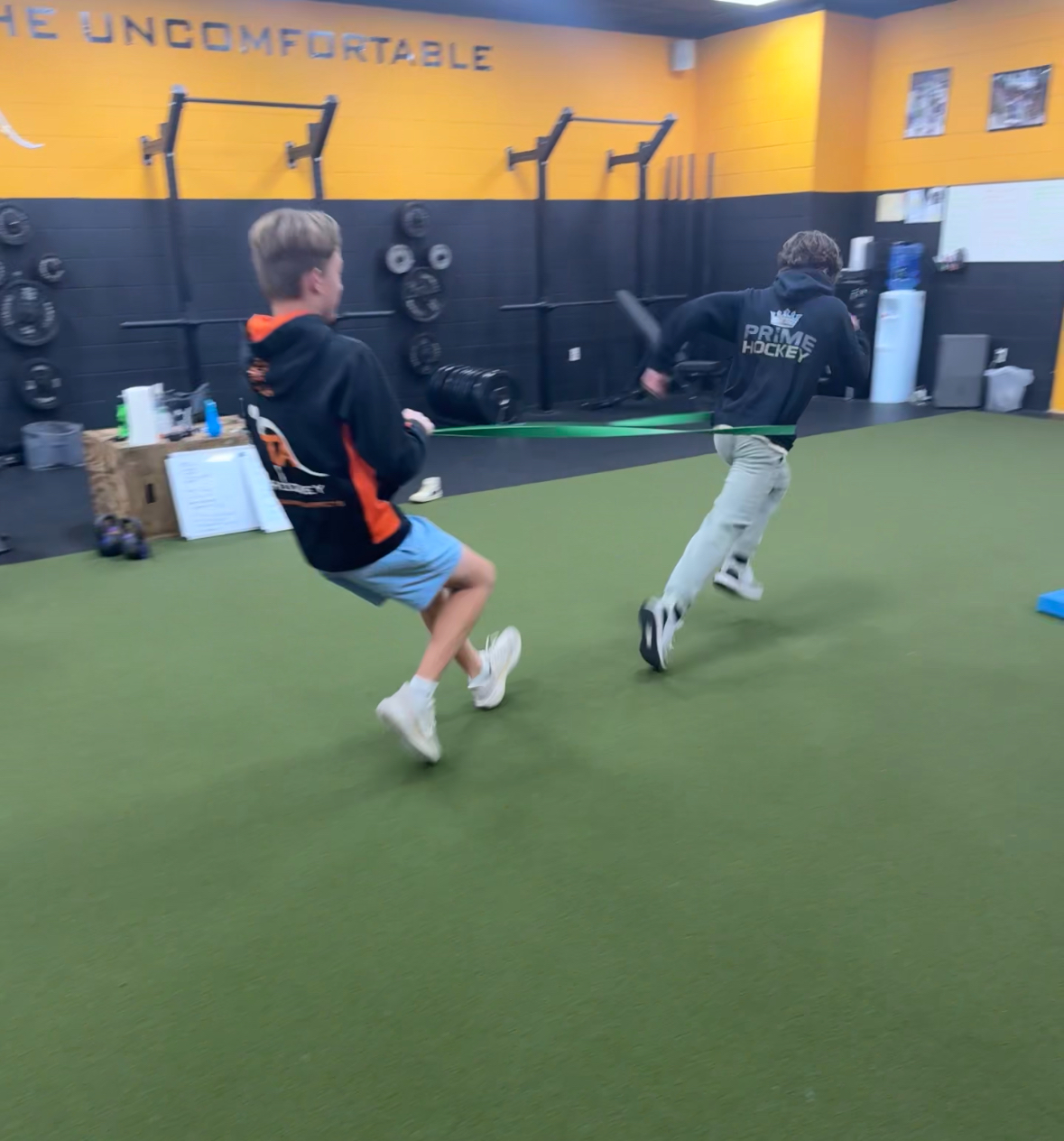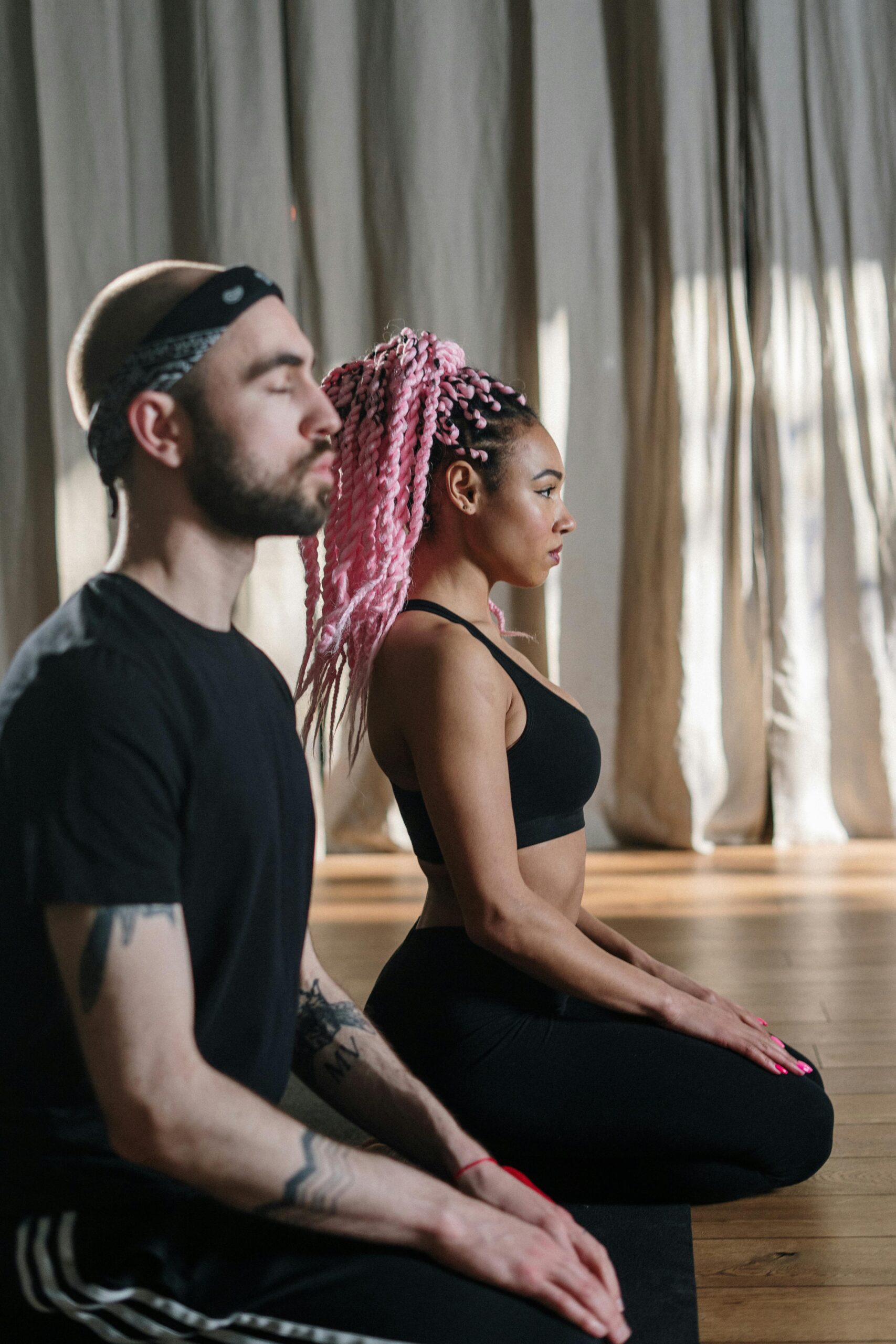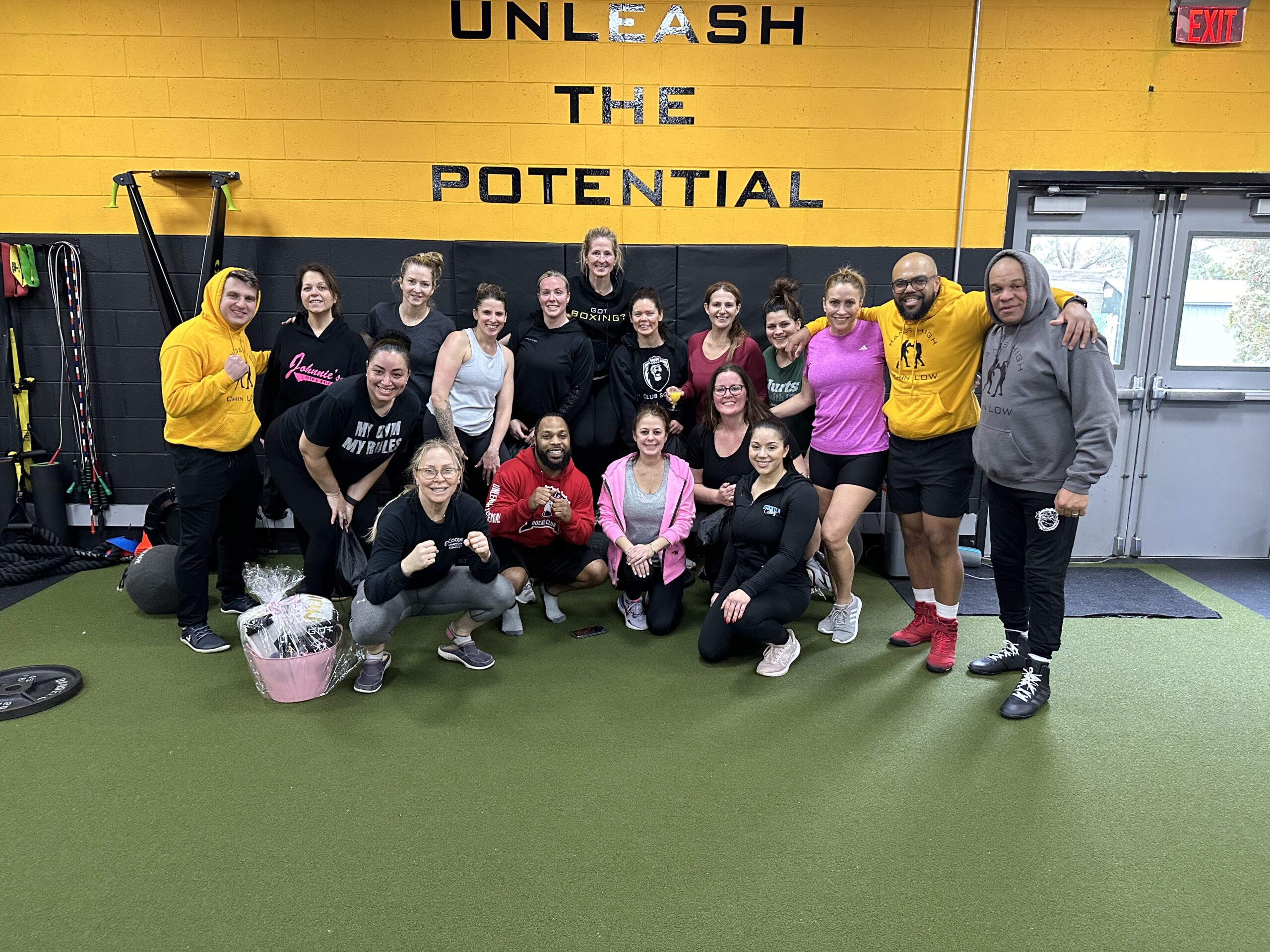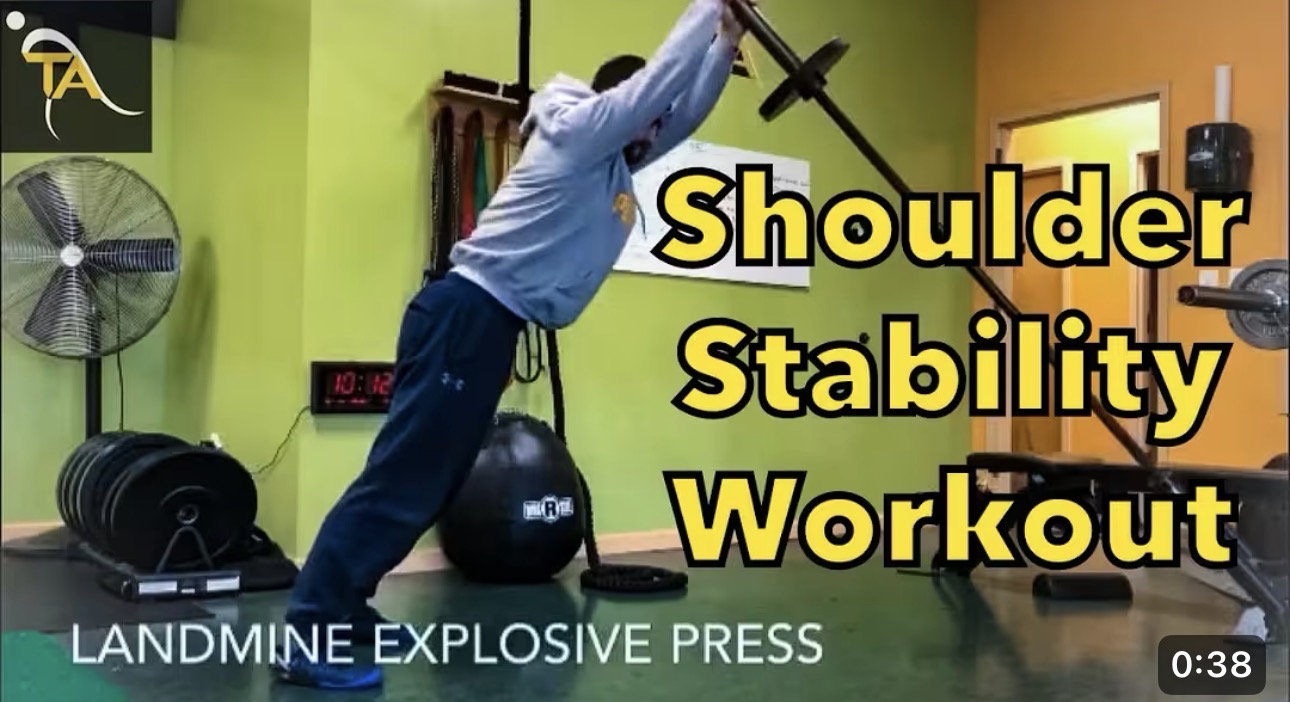Athletes looking to truly elevate their performance can’t be waste time on training that just comes and goes with the season. Consistency is what separates those who maintain and those who improve. With all year round training, which isn’t just about going full throttle 12 months a year, there’s purpose and structure in every phase, whether you’re in the offseason, in season, or somewhere in between. Here are three core reasons why committing to year round training pays off far more than stopping and starting.
1. Offseason Is When Real Growth Happens
The offseason is THE prime time to make progress. That means building strength, increasing power, improving body mechanics, and focusing in on areas that may get overlooked during the season. With fewer sport specific demands, athletes can train with higher intensity and volume, leading to bigger performance gains. This is where you lay the foundation for everything you want to do during the season. Skipping offseason training or treating it lightly means missing your best window for growth and development.
2. In Season Is About Maintenance
Once the season starts, your training shouldn’t stop, but shift. In season training is essential for maintaining the strength, power, and movement efficiency you built in the offseason. Everything that was worked on and improved needs to be maintained through normal training. Without it, the body starts to lose what it gained. Strategic in season training helps prevent performance dips, keeps you resilient through the demands of competition, and ensures you’re not starting from scratch once the season ends. One of the best things about training both in and offseason is the intensity for in season a lot lower making it easier to stay consistent and not burn out.
3. Staying Ready and Preventing Regression
When athletes take long breaks from training or only train sporadically, they risk regression. It doesn’t just happen in performance, but in movement quality and joint stability, which increases injury risk. A truly well structured year round program will show cycles of intensity and recovery to aid helping the body stay durable, mobile, and ready. There’s always something to improve: strength, mobility, energy system development, or recovery. Listen to your body and how it feels. Continuous training helps athletes stay prepared rather than always trying to catch up.
#unleashthepotential
Written by:
Dan Aquino
BS, ASFA-CPT
Take action… Now!
Voorhees Flyers Training center.
The Hollydell ice arena, in the main building.



